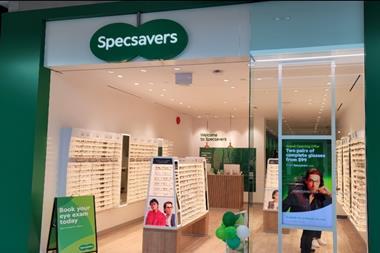As Inditex’s best-known brand Zara unveiled a 22% jump in UK pre-tax profits in the year to January 31, law firm DLA Piper partner Ruth Hoy examines how the Spanish fashion group’s model continues to deliver.
The Spanish have an insatiable love for fast fashion, yet refuse to pay a premium for it. As a result, retailers such as the Inditex group, which includes Zara, Pull & Bear, Massimo Dutti and Bershka, have grown up over the years with a strict business model: cost are kept to a minimum, yet they produce innovative and on-trend designs.
For example, few successful Spanish brands bother with flashy ad campaigns; rather they invest their (limited) budgets in developing in-store campaigns and ensuring their websites are enjoyable, user-friendly shopping experiences.
Furthermore, groups such as Intidex try to retain as much control as possible over the lifecycle of their retail chain: from design and manufacture to distribution and sale, giving them end-to-end visibility and the flexibility to quickly shift costs to more cost-effective solutions.
This “in-house” approach also allows Intidex’s brands to react quickly to changing trends: it is estimated that Zara alone produces around 12,000 styles per year, compared to the retail average of 3,000, and a single garment can go from concept to shelf in less than a fortnight.
While the “minimal cost + cutting edge fashion” approach has always had some resonance outside Spain, in these challenging economic times it translates particularly well, with the result that Spanish brands are expanding rapidly on a global scale.
Although there are challenges and limitations (for example, regulations in countries such as India and the Middle East make it more difficult for Spanish brands to control the whole retail chain), at least for now it feels like retail is one area of the Spanish economy which is still basking in the sun.
- Ruth Hoy, partner, DLA Piper


























No comments yet